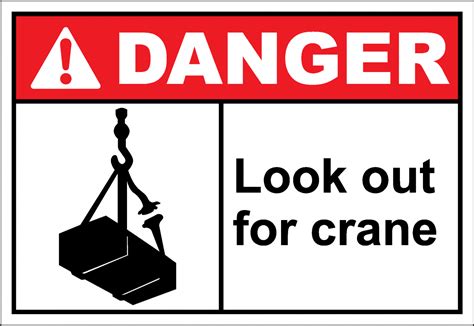Cranes can be dangerous machines. The moments caused by lift loads using long leavers produce potentially catastrophic instability should the dynamic load shift unexpectedly . Accidents occur even with the strict safety standards that make crane operations safe
Wind energy is expanding into environments with increased risk for crane operations. Onshore wind tip heights are becoming greater and projects are in ever remote places. Larger turbines and deeper water compound an already crane hostile offshore environment. Cost reduction resulting in tight margins may also increase the temptation to cut corners and take greater risks.
Fortunately, the wind industry across the world has always given safety a high priority. Despite some recent reports of crane accidents (such as in Guagndong and Rostock), wind energy still has a very good safety record. This record is not a result of chance. This record is not a result of chance. The industry has a culture of prioritising safety through learning, collaboration and innovation.
In seeking to protect and enhance that safety record, the industry must continue to look at revolutionary as well as incremental innovation. Trying to make cranes safer in ever more hostile, even unsuitable, areas is akin to putting a faster ambulance at the bottom of a cliff rather than constructing a good fence at the top. As the turbines get larger and the towers taller, cranes become more difficult, take longer and more expensive to use.
SENSEWind installs and maintains turbines for both onshore and offshore without the need for specialist cranes or vessels. With the SENSEWind system, the rotor nacelle assembly and transport carriage are installed at the base of the tower. For onshore wind projects, this is done at the site; for offshore wind, at the harbour. Once in position and secured, the SENSEWind Up Tower System lifts the rotor nacelle assembly to the top of the tower. It then rotates it into position and holds it until it is secure. Once installed, retrieval of the transport carriage allows its use on the next turbine.
As well as reducing the need for cranes, the SENSEWind system also reduces cost. Find out more here.
